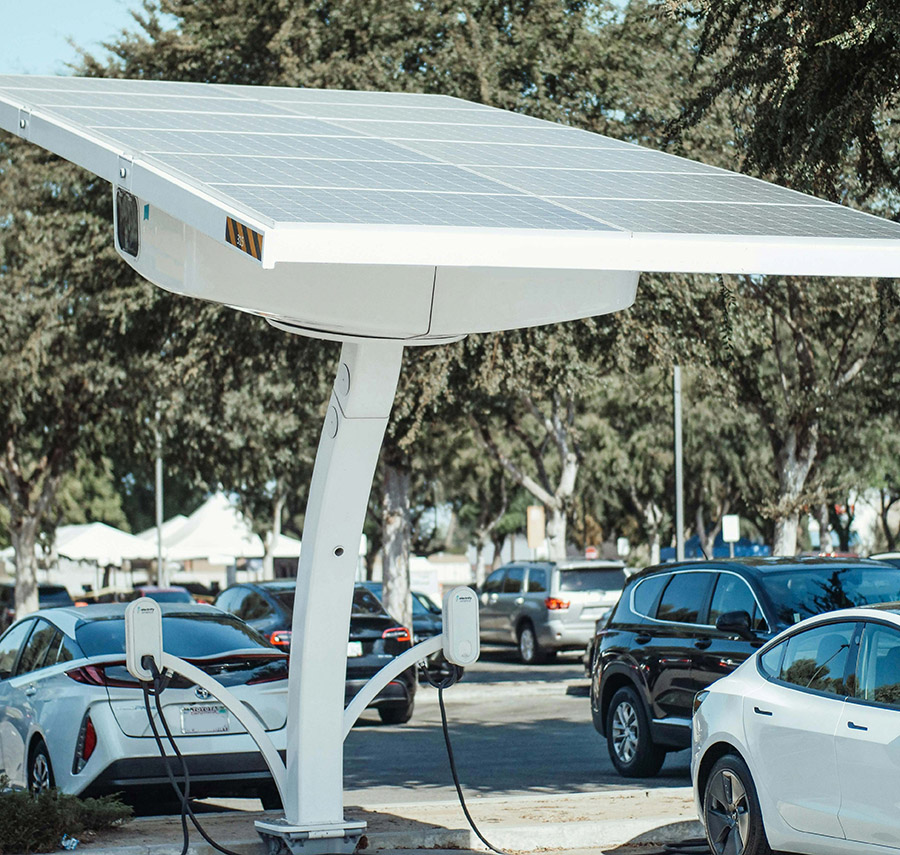Are We Close to Available Graphene Supercapacitors?
The Allure of Graphene in Supercapacitors
Graphene, a single - layer of carbon atoms arranged in a hexagonal lattice, possesses extraordinary properties that make it an ideal material for supercapacitors. Its high electrical conductivity allows for rapid charge transfer, which is crucial for achieving high - power performance. In contrast to traditional capacitor materials, graphene can potentially enable supercapacitors to charge and discharge at much faster rates.
Moreover, graphene has an extremely large theoretical specific surface area. Supercapacitors store energy through the formation of an electric double - layer at the electrode - electrolyte interface. A larger surface area provides more space for ions to adsorb and desorb, thereby increasing the capacitance. Theoretically, graphene - based supercapacitors could offer significantly higher energy storage capacities compared to current commercial supercapacitors.
Current State of Research and Development Laboratory Breakthroughs
Research in academic and industrial laboratories around the world has yielded some remarkable results. For instance, some studies have reported the successful fabrication of graphene - based electrodes with high specific capacitances. In certain experiments, values well beyond those of conventional activated carbon electrodes have been achieved. Scientists have also been exploring different methods to synthesize high - quality graphene. Chemical vapor deposition (CVD) is one such technique that has been used to grow large - area, high - quality graphene films. These films can then be incorporated into supercapacitor designs.
Another area of progress is in the development of composite materials. By combining graphene with other materials such as metal oxides or polymers, researchers aim to enhance the overall performance of the supercapacitor. For example, adding metal oxides can increase the pseudocapacitance, which contributes to a higher overall capacitance.

Despite these exciting laboratory findings, there are still significant hurdles to overcome before graphene supercapacitors become commercially available. One major challenge is the cost - effective production of high - quality graphene. Currently, many of the methods used to produce graphene, like CVD, are expensive and not easily scalable for large - scale manufacturing. Additionally, the process of integrating graphene into supercapacitor devices in a way that maximizes its performance while maintaining cost - effectiveness is still in the experimental stage.
There are also issues related to the long - term stability and durability of graphene - based supercapacitors. In real - world applications, these devices need to withstand thousands of charge - discharge cycles without significant degradation in performance. Some studies have shown that over time, graphene sheets may stack or agglomerate, reducing the available surface area and thus the capacitance.
Industry Perspectives and Early Adopters
Some companies are already taking steps towards commercializing graphene - related energy storage technologies. For example, there are startups that are developing hybrid devices that combine the advantages of batteries and supercapacitors, with graphene playing a key role in enhancing the performance of the supercapacitor component. However, these products are still in the early stages of market introduction and have not yet achieved mass - market penetration.
In the automotive industry, there is great interest in graphene supercapacitors for use in electric vehicles. The ability to rapidly charge and discharge could potentially revolutionize the way electric vehicles are powered, reducing charging times significantly. But for this to happen, the technology needs to mature further and meet the strict safety, performance, and cost requirements of the automotive sector.
Conclusion: The Road Ahead
So, are we close to having available graphene supercapacitors? The answer is a cautious "almost, but not yet." While there has been substantial progress in understanding the properties of graphene and its potential applications in supercapacitors, and while there are promising developments in the laboratory and initial forays into the market, there are still several technological and economic challenges that need to be addressed.
As research continues and solutions to these challenges are found, we can expect to see graphene supercapacitors gradually making their way into more and more applications, from consumer electronics to electric vehicles and beyond. But for now, we must continue to wait and watch as the technology evolves towards its full commercial potential.
Welcome, Shanghai Green Tech (GTCAP) is a supercapacitor battery manufacturer and energy storage solutions provider,
offering OEM, ODM and customized energy storage solutions for customers.
Copyright © 2025 GTCAP - www.greenteche.com | ![]() Sitemap
Sitemap









